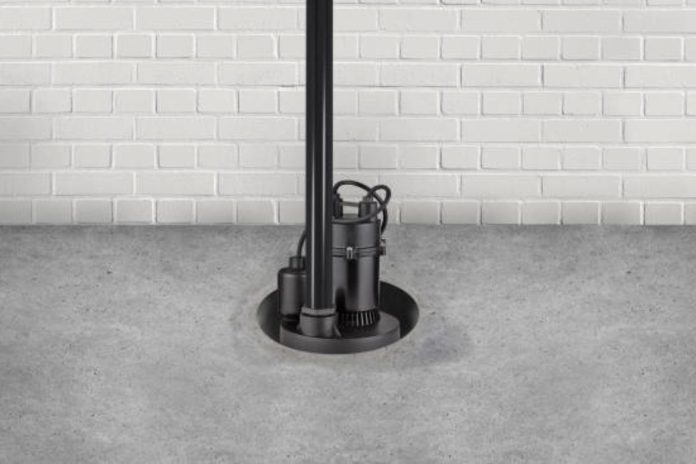Concrete pumping trucks are essential for transporting and placing concrete in construction projects that involve hard-to-reach locations, like high-rise buildings or confined areas. They provide several advantages:
- Precision: The boom or hose allows for precise placement of concrete, minimizing spillage and reducing the need for manual handling.
- Speed and Efficiency: Pumping concrete directly from the mixer to the pour site can be 3-4 times faster than traditional methods. This efficiency lowers labor costs and speeds up the project timeline.
- Reduced Waste: The direct delivery of concrete reduces excess material waste, which can lead to cost savings.
Types of Concrete Pumps
- Boom Pumps
- Equipped with an extendable, hydraulic arm (boom) that can reach high or far distances.
- The boom arm is controlled remotely, providing flexibility and precision.
- Commonly used in large construction projects like skyscrapers, bridges, and tunnels.
- Line Pumps
- Use a series of hoses connected to the truck, allowing for concrete placement over longer distances.
- Hoses are manually positioned, making line pumps better suited for smaller or low-rise projects.
- Ideal for residential work, sidewalks, and swimming pools.
Reach and Range
Boom pumps can reach heights over 65 meters, with some models capable of extending even further. This feature is invaluable for:
- High-rise Construction: Ensures concrete can be delivered to upper floors without needing scaffolding or cranes.
- Restricted Access Sites: The boom arm’s flexibility allows access to confined or awkward locations, like behind obstacles or into narrow areas.
Capacity and Flow Rate
The pumping capacity of these trucks depends on the pump size and model. Typically, they can handle between 120 to 170 cubic meters per hour, but larger models may pump even more. Key benefits of a high flow rate include:
- Continuous Flow: A steady, continuous pour reduces the chances of weak points in the concrete, enhancing structural integrity.
- Faster Project Completion: High flow rates make it possible to pour large amounts of concrete in a single session, beneficial for large foundations and slabs.
Safety Considerations
Operating a concrete pump truck requires careful safety practices to prevent accidents:
- Training: Operators must understand the truck’s mechanics, pressure limits, and emergency procedures.
- Risk of Blockages: Concrete mix consistency and flow must be carefully monitored to prevent blockages that can increase pressure and damage equipment.
- Stabilization: Outriggers (stabilizing legs) must be deployed to prevent tipping, especially when using long booms on uneven ground.
- Pressure Management: The high-pressure system can be dangerous if mishandled. Operators wear protective gear to guard against accidental spray or hose failure.
Environmental Impact
Concrete pump trucks also have implications for environmental sustainability:
- Reduced Emissions: By speeding up concrete placement, they reduce the amount of time heavy machinery operates on-site, thereby lowering emissions.
- Lower Material Waste: Efficient delivery of concrete reduces excess material, which minimizes waste and disposal needs.
Concrete pumping trucks have transformed modern construction, offering precision, speed, and flexibility that traditional methods can’t match. Proper handling and operation are essential to maximizing their benefits while maintaining safety and efficiency on-site.









